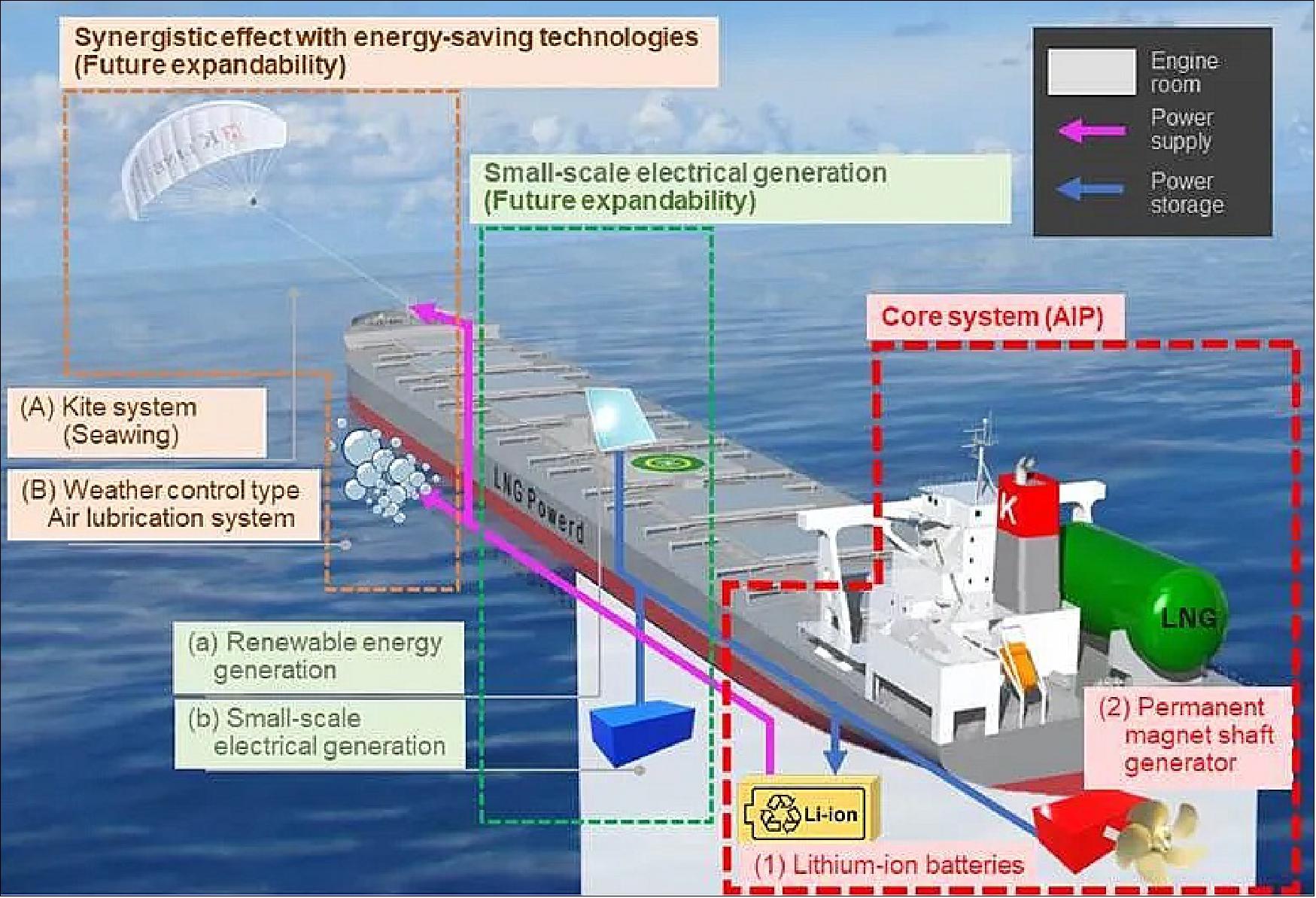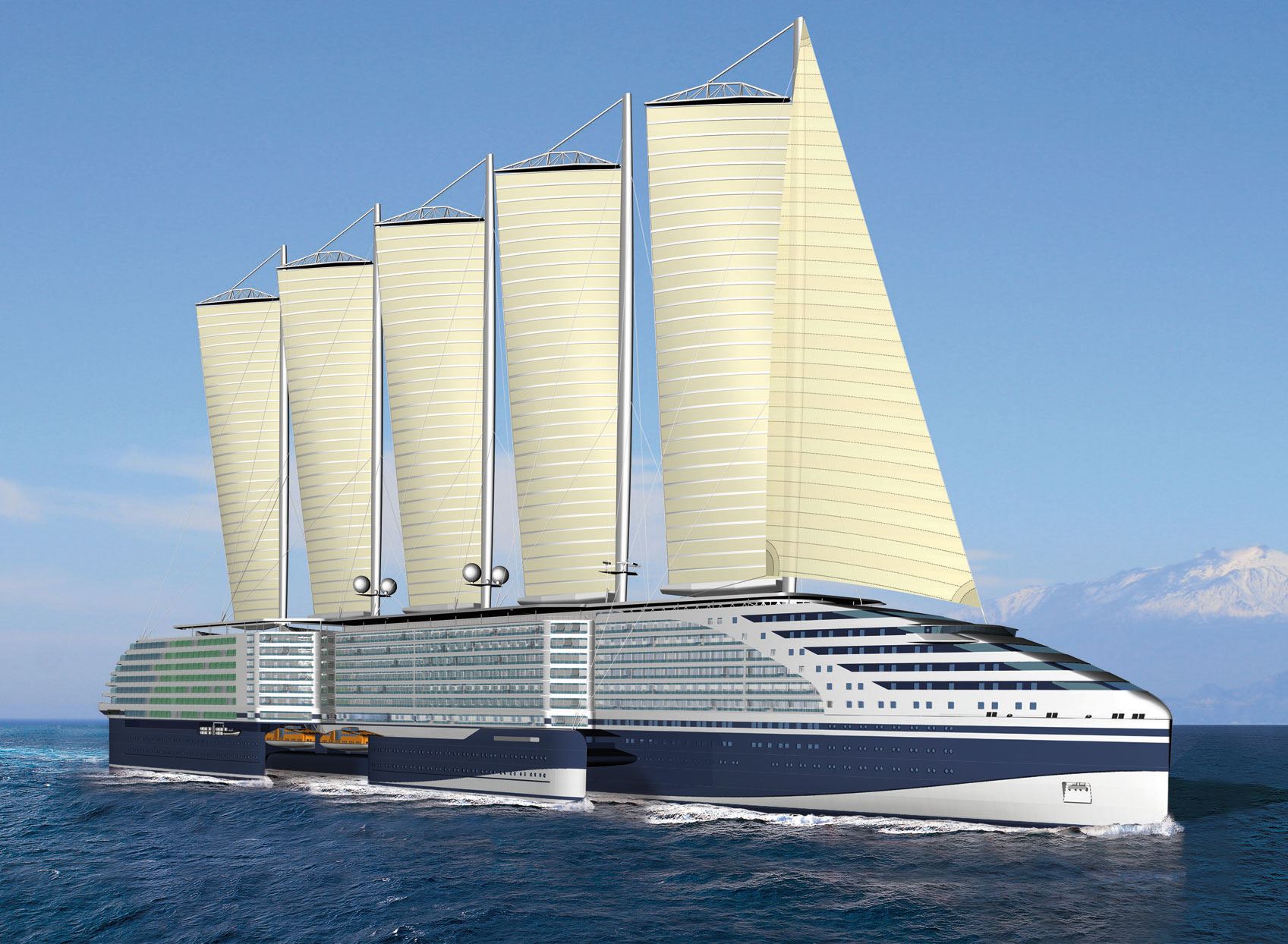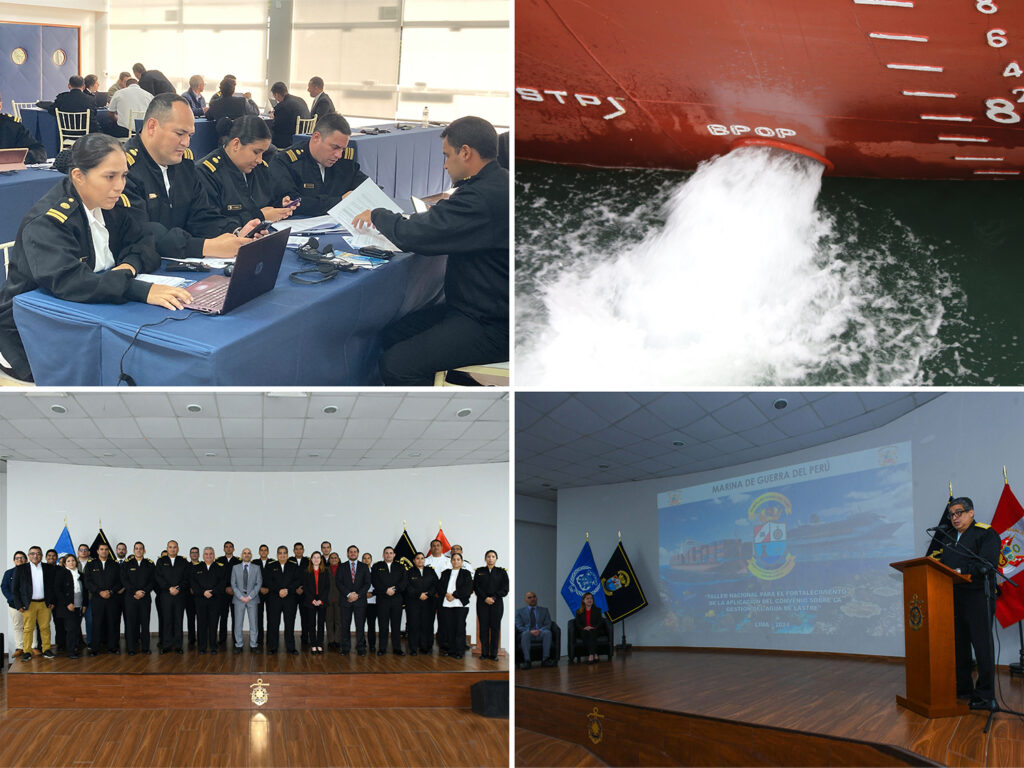Shipping is only 2-3% of global emissions !
By : Magdy Sadek
What is about Ammonia as a feasible solution for the offshore fleet for years? What are the most urgent barriers to increasing energy sufficiency or moving to green fuels for deep-sea fleets? And finally, what are the expectations for 2030 to achieve using wind energy and rotating sails in building modern ships?
This is the third and final part of a long, enjoyable, rich interview and many important issues related to Zero Ships’ ambition were brought to the table Despite it is a sneak peek at tens of subjects that must be discussed especially Gavin Allweight always impressive in his replies
IWSA remains fuel-neutral – wind
Ammonia has been pointed at as a feasible solution for the offshore fleet for years but what needs to be in place to get the ammonia value chain running?
I am not a specialist in the alternative fuels sector, and as you and your readers will be likely aware, the IWSA remains fuel-neutral – wind works with all other fuel choices that ship owners make.
Having said that, all fuels including ammonia need both supply and strong demand signals to be in place.

The technology and expertise (engines/tanks/bunkering know-how) are either in place or well down the development pipeline, however long-term supply contracts, global availability, and enough ships ready to use the fuels are key. For ammonia, there is movement on all of these aspects, however, this lags behind the developments in methanol for example.
Regulatory framework
Having spoken to a lot of ship owners and seafarers about this, the chief issues outside of the ones mentioned above that are holding back accelerated ammonia development are threefold; firstly a clear and robust regulatory framework is required, which isn’t there yet, secondly the perception and concerns around toxicity and the risk to the environment concerning leaks and the nitrogen cycle have to be tackled among the general public, policy makers and seafarers.
Run on cheaper fuels
Thirdly is the price, we can have as many alternative fuel-ready vessels as we like, but until the price comes down for the fuel (which could be between 3-7x the current price of VLSFO) the majority of these ships will continue to run on cheaper fuels, unless a premium is paid by cargo owners to utilize these more expensive options.
Going forward, the number of seafarers that will need to be trained to handle these new fuels and the lack of officers already being experienced in the industry are of great concern too.
Green fuels for deep-sea fleets

What are the most urgent barriers to increasing energy sufficiency or moving over to green fuels for deep-sea fleets?
When it comes to wind propulsion and its place in the energy mix, I have touched upon many of the most urgent barriers in my previous answers.
The issues are not technological ones, they are operational or structural ones. Energy density, volatility of price and supply, a regulatory level playing field, and having an inclusive transition are all vital issues.
2-3% of global emissions
One critical one remains perception and the sense of urgency itself.
Quite often hear this sentiment expressed; ‘Well, shipping is only 2-3% of global emissions and anyway it is the most efficient way to move goods, so why should we make these expensive and disruptive changes when there are other sectors that are far heavier emitters and easier to abate.
Shipping vital to the world economy
We should change those first and then look at shipping, which is after all vital to the world economy.”
Now, there is some truth in this statement – shipping is vital to our current economic order, and it is a highly efficient method of moving goods and people around the world, but there are also some very large holes in this argument.Emissions of carbon are only one part of the story, albeit an important one.
Our oceans are fragile and reaching saturation point when it comes to heat, CO2 sequestration, noise, physical pollutants and biodiversity loss.
Shipping operations
Emissions of other pollutants that settle on the ocean waters, direct emissions to water from scrubber, end tubes, coatings etc. and underwater radiated noise which disrupts and degrades ocean flora and fauna which help sequester huge amounts of carbon etc. are all hugely effected by shipping operations, dredging, our port activities, shipbreaking and so on.
Total Cost of Ownership
As mentioned earlier, the adoption of a ‘Total Cost of Ownership’ model and holistic ‘Lifecycle Assessment’ of fuels and equipment are also key to this changing of our perspective and understanding the urgency and depth of change required.
This is perhaps the overriding issue that underpins all of the other technological, financial, and operational barriers that are in place.
Pricing mechanism for carbon
Outside of this perception shift, the lack of a clear global pricing mechanism for carbon, huge subsidies still in place for fossil fuels both direct and indirect that keep existing fuel prices extremely low and the compliance-driven nature of many sectors of shipping continue to be key challenges when it comes to the energy transition.
Expectations for 2030

What are your expectations for 2030 to achieve using wind energy and rotating sails in building modern ships?
Our expectations align quite closely with the EU projections made in 2016, which forecast up to 10,700 installations of wind by 2030 if systems were proven in the market by 2020.
We had a couple of years of disruption with the pandemic and subsequent logistics upheaval in the early 2020s, but if we are able to double installations each year going forward then we are likely to hit that number in 2031 or thereabouts.
Wind stands as a key solution
However, these numbers could be exceeded if ambitious carbon pricing is adopted, and larger shipping stakeholders make clear choices of where they will deploy their resources to achieve zero-emissions for all direct and indirect climate and environment impactors.
Cargo owners are increasingly stepping up to the plate calling for low and zero-emissions shipping and wind stands as a key solution in that toolbox.
A crystal ball !!
We don’t have a crystal ball that could accurately forecast the future. If we were to forecast the uptake of wind propulsion based purely on economic factors, then the question would be ‘Why would you build a new ship that couldn’t harvest a free zero-emissions energy source, one that would repay the costs in a handful of years and make your fleet future ready?”
A perfect storm
As we move forward there is also a natural lowering of costs for all wind propulsion solutions (for every doubling of installations those costs reduce 10%) as economies of scale and the learning curve kicks in, thus costs (excluding raw materials/energy fluctuations) in 2026/7 will be half what they were back in 2020 and falling.
Future for the world fleet
Costs going down substantially, understanding and demonstrators growing quickly, fuel prices rising, and compliance pressure being ratcheted up signal a perfect storm when it comes to delivering a wind powered future for the world fleet.
Read More :
IWSA releases Small Vessel Wind Propulsion publication
Exclusive with Gavin Allwright : Secretary General of (IWSA) ( 1- 3 )
Exclusive with Gavin Allwright Secretary General of IWSA ( 2- 3 )




